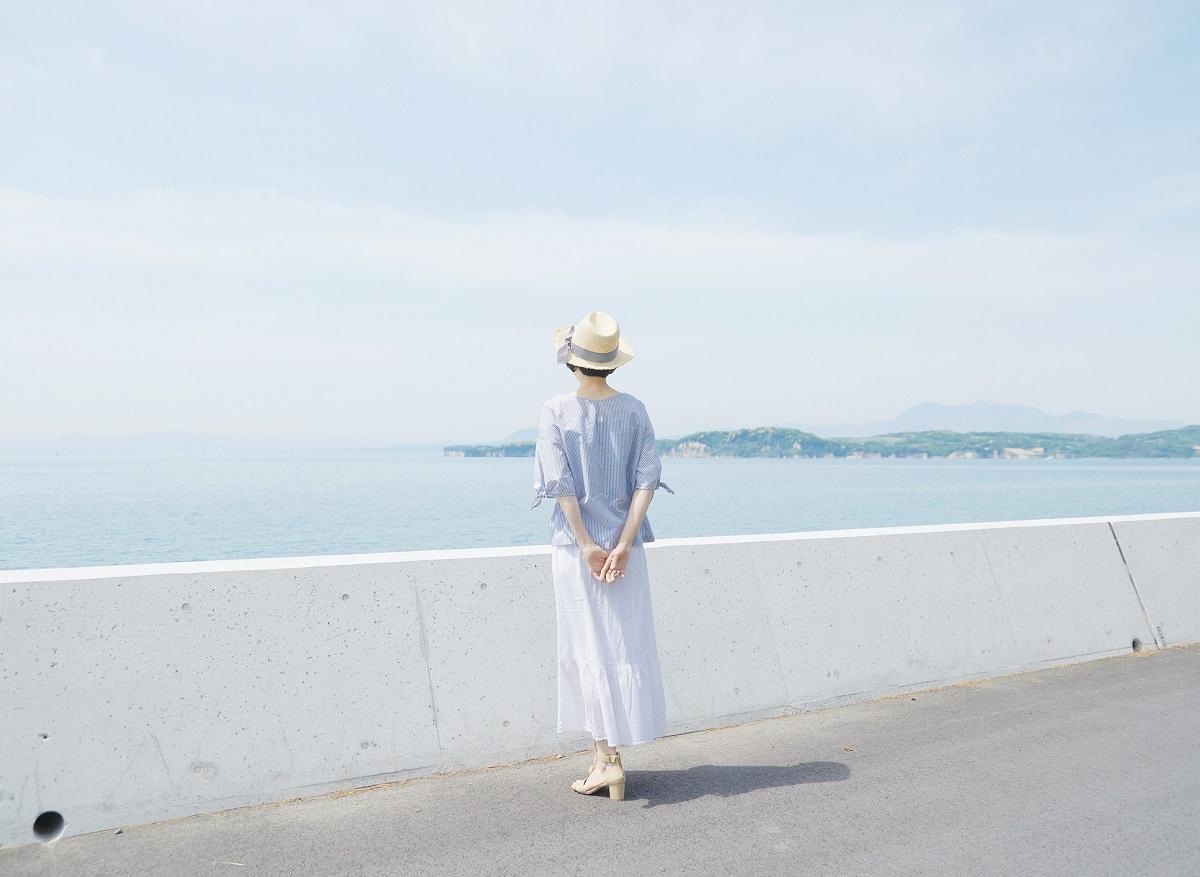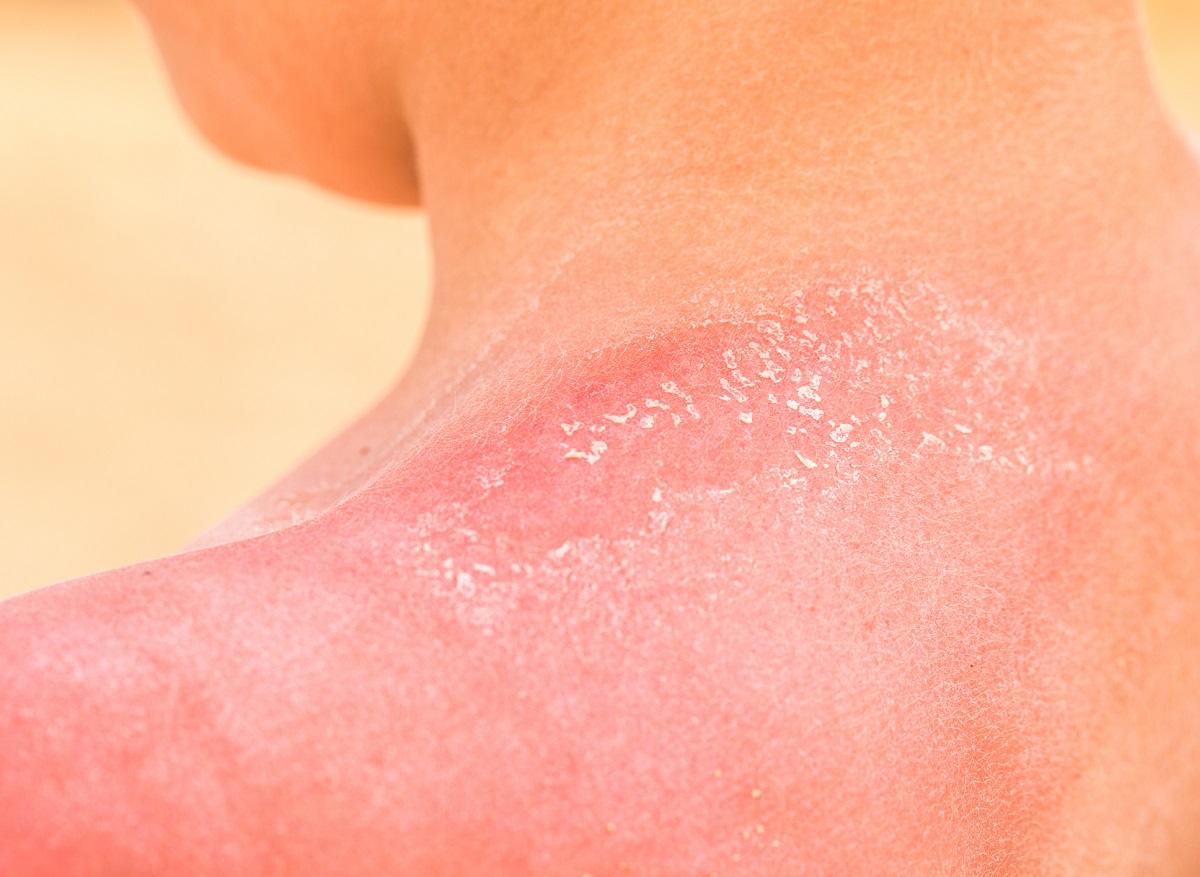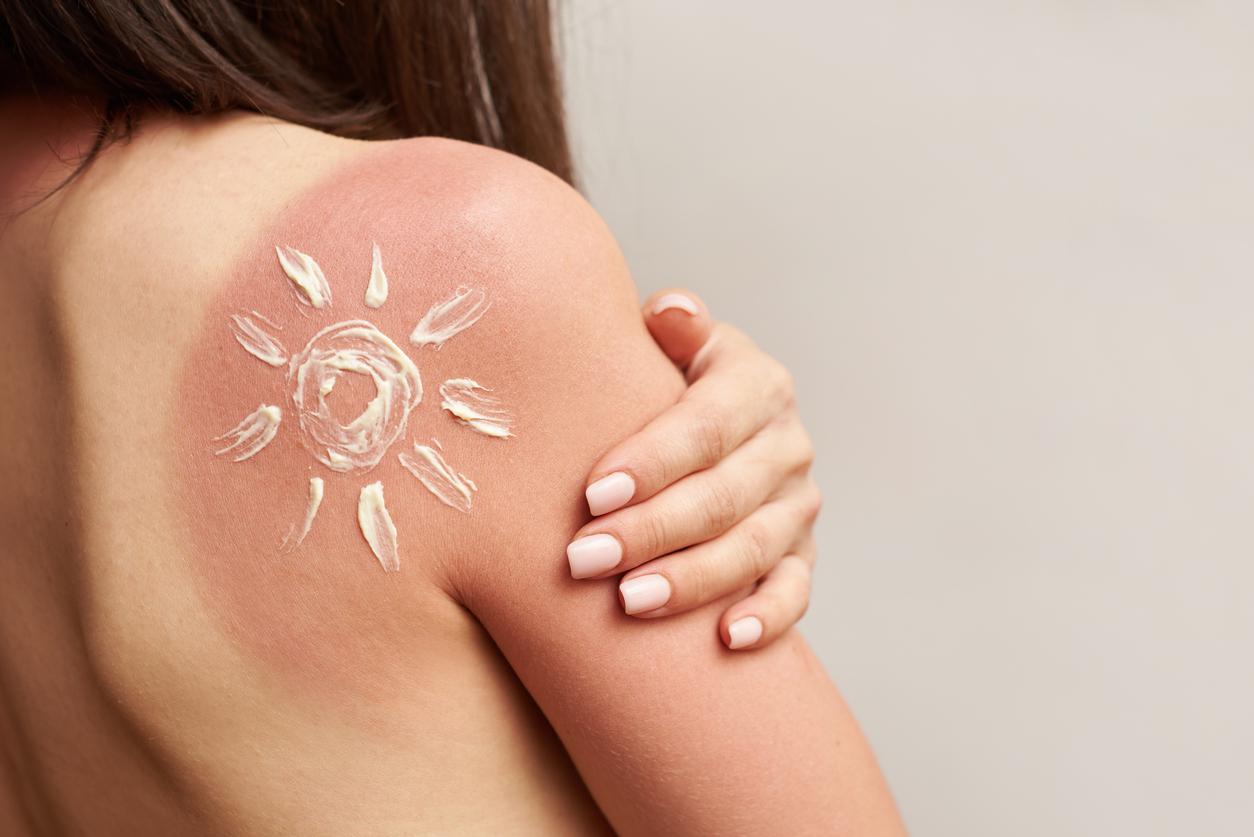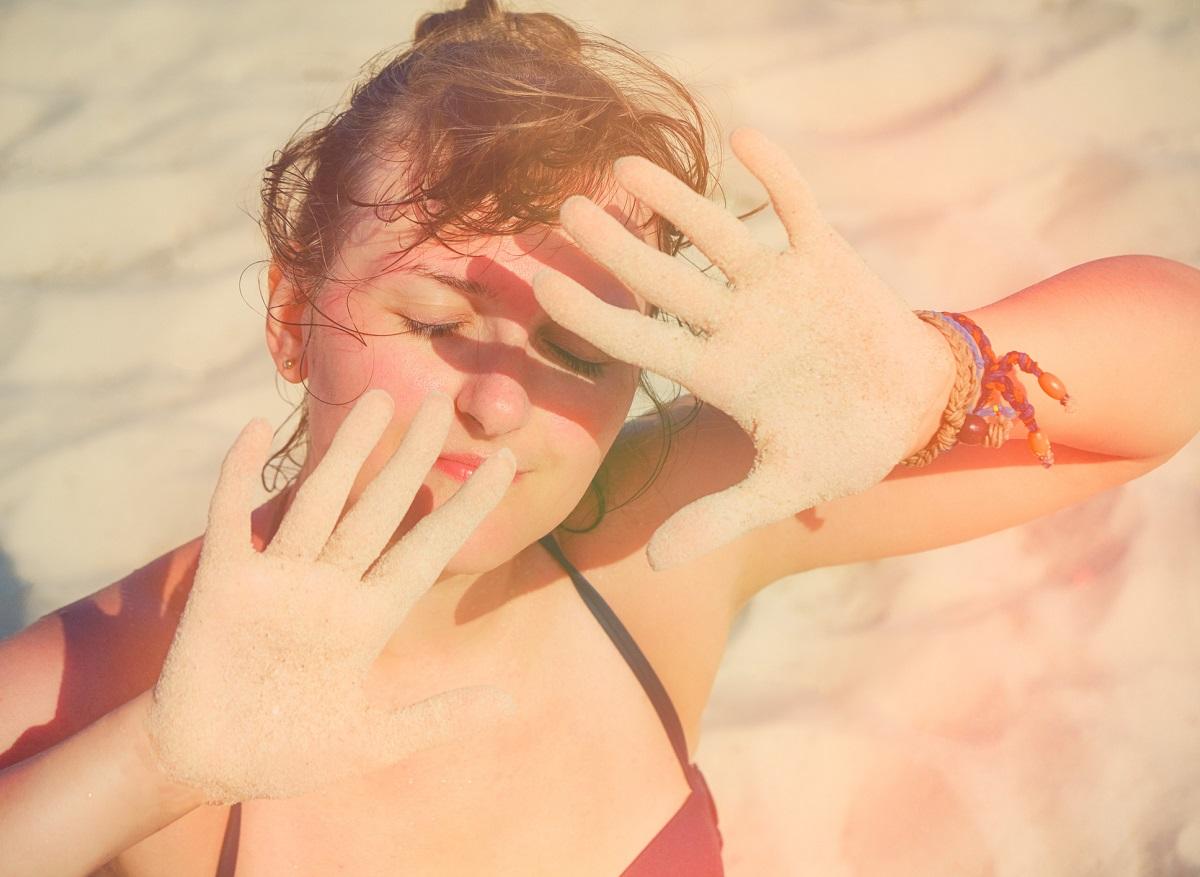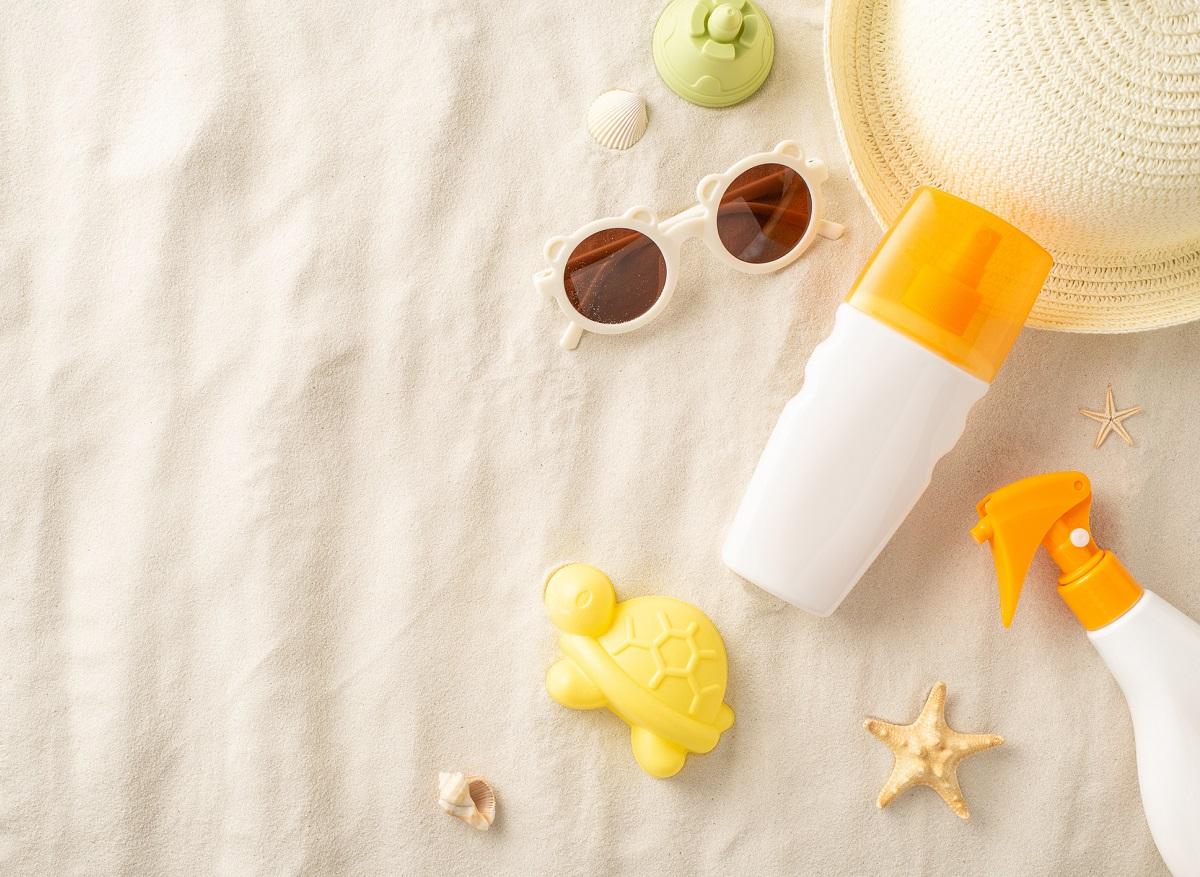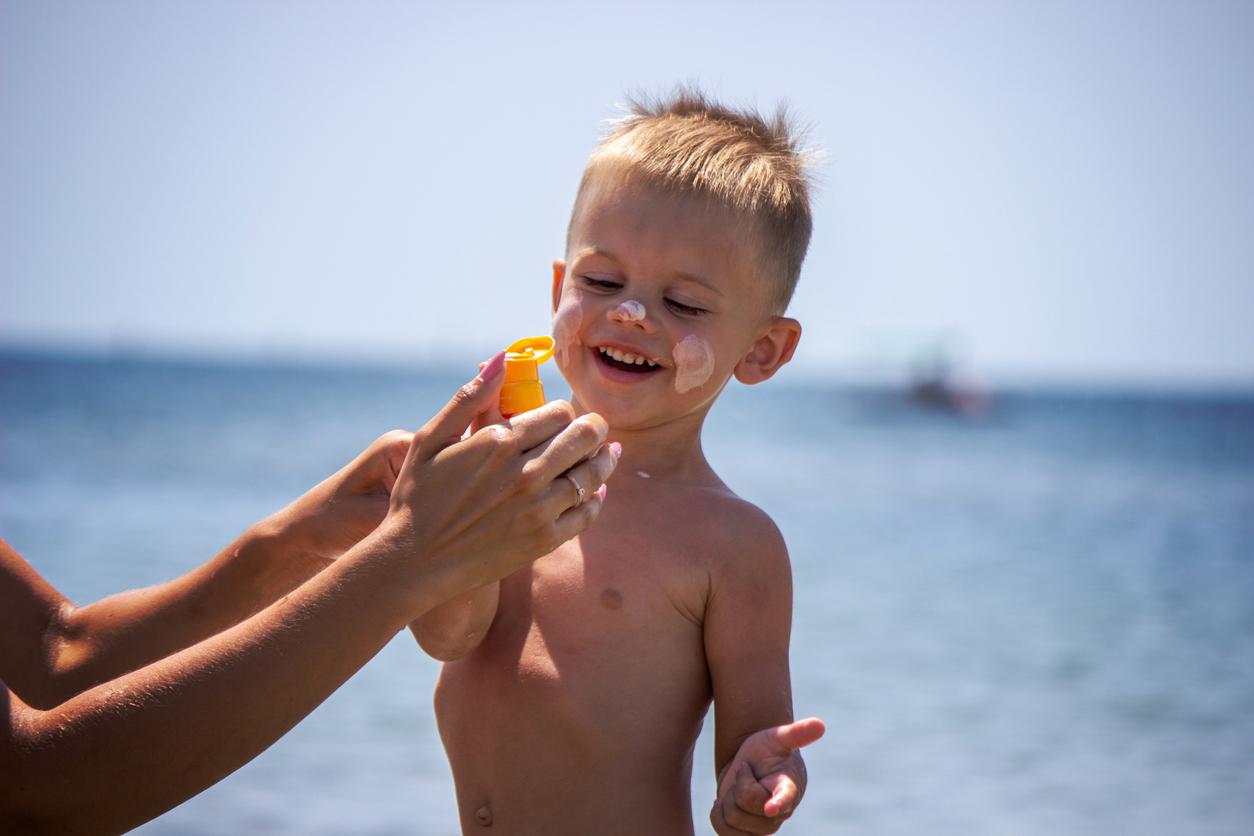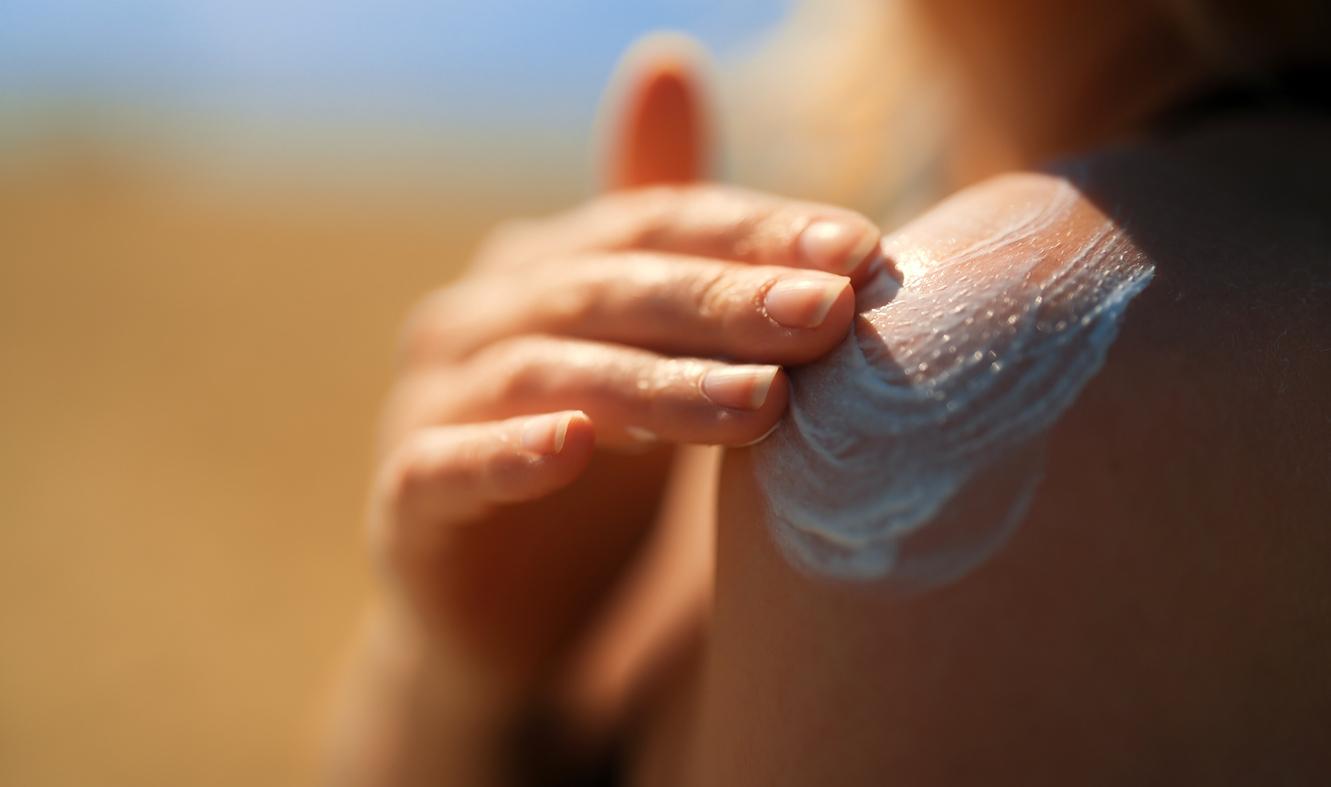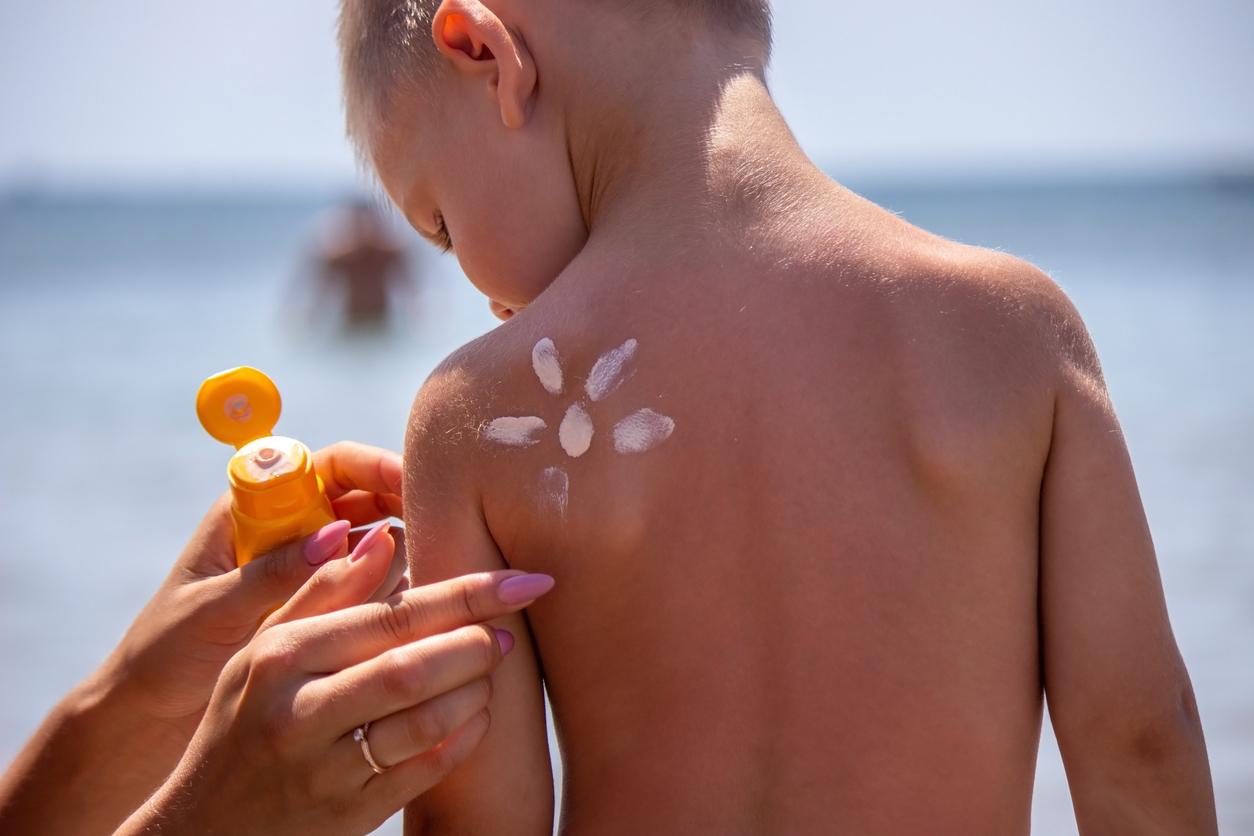An innocuous burn? Certainly not for the dermatologist Christophe Bedane, member of the French Society of Dermatology. He explains to us why he makes people be wary of it and thwart the traps of summer.
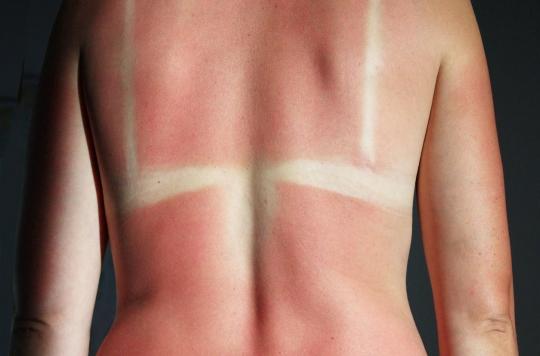
- Protect yourself with clothing, glasses and sunscreen. Do not expose yourself between 12 p.m. and 4 p.m.
- Do not imitate your neighbour, your skin may be less able to defend itself against UV rays than his. Do not exceed 2 hours in the sun.
- In the event of a 1st degree burn seek advice from a pharmacist, if it approaches the 2nd degree seek medical advice.
Here comes the summer and a mad desire to go out for some fresh air and sunshine. A justified desire, especially after months of confinement, but to which we must not give in too much. Dermatologist Christophe Bedane, treasurer of the French Society of Dermatology, ensures that this redness should not be taken lightly. xIt must be an alert, he warns. It means you’ve been in the sun too long and the ultra violet (UV) rays have started baking your skin..” A harbinger is to feel this burn, there you have to listen to yourself and take shelter.
However, we are unequal in the face of UV. In France, the majority of the population is of phototype 3, that is to say brown or dark brown with light skin and brown eyes. People with phototype 2 — hair, eyes and fair skin — are much more sensitive to UV rays than those with phototype 4 — dark skin, eyes and dark hair. Depending on its category, the skin more or less defends itself against UV rays and can tolerate longer exposure to the sun before being burned. However, doctors advise against exposing yourself too much because certain UV rays accelerate the aging of the skin and increase the risk of the appearance of melanoma – a form of skin cancer.
Main pitfalls of summer
“As soon as we expose ourselves to the sun we receive UV rays which are toxic, so we shouldn’t do it! It’s a phad radical because the sun is good for vitamin D, weighs the doctor. I advise not to expose yourself for more than 2 hours a day. So spending a whole day at the beach is not a good idea because if idleness is good for morale, it is much less so for the skin.” If you still want to bask in the pill, he recommends doing it before 12 p.m. or after 4 p.m., at which time UV rays are less harmful. So to lie on the sand without risking your health, Professor Christophe Bedane recommends covering up, “it is the best photo-protector” he assures. This is particularly true for nautical activities which can deceive holidaymakers. “The water gives a feeling of freshness and alleviates the burning sensation that precedes and accompanies a sunburnreports the professor of medicine. You have to be careful and wear a t-shirt or other protection.“
However, the sea is not the place where you can get the most harmful sunburns. The mountain is much more perilous because of the altitude which exposes hikers to much more aggressive UV rays. “The mountain can be more treated than the seaside, he warns. Wear goggles to prevent eyesight sunburn as well as a hat and be careful of extremities and face.”
Prevent and treat sunburn
For the best protection, the dermatologist recommends the regular use of sunscreen. “Put on before leaving your accommodation and then 15 minutes after arriving at the beach. Then you have to apply it every two hours and after each swim to compensate for what may have left, he insists. The more you have, the better you are protected, but you still have to apply a lot and regularly. However, since the price of a tube is quite high, people tend to want to save money when, on the contrary, it should be used as much as possible. I recommend buying a large container so there won’t be this tendency to restrict its use.” Regarding mountain activities, he recommends increasing the frequency of application of the cream to every hour and always using an index of 50.
If despite these indications you catch a sunburn, you must avoid exposing yourself again. If the pain is moderate, applying a moisturizer can reduce the burn. Aloe vera can also soothe a sunburn and facilitate healing. If, on the other hand, you feel more severe pain, you can go to a pharmacy and ask for advice, they can give you an analgesic and possibly a topical corticosteroid cream. However, things get complicated if the burn produced by the sun causes intense pain. “You can see a doctor for specific care, especially if the sunburn covers 30 to 40% of the skin, explains Professor Bedane. For the most serious cases where “bubbles” appear, you have to go to the hospital. ”
.









